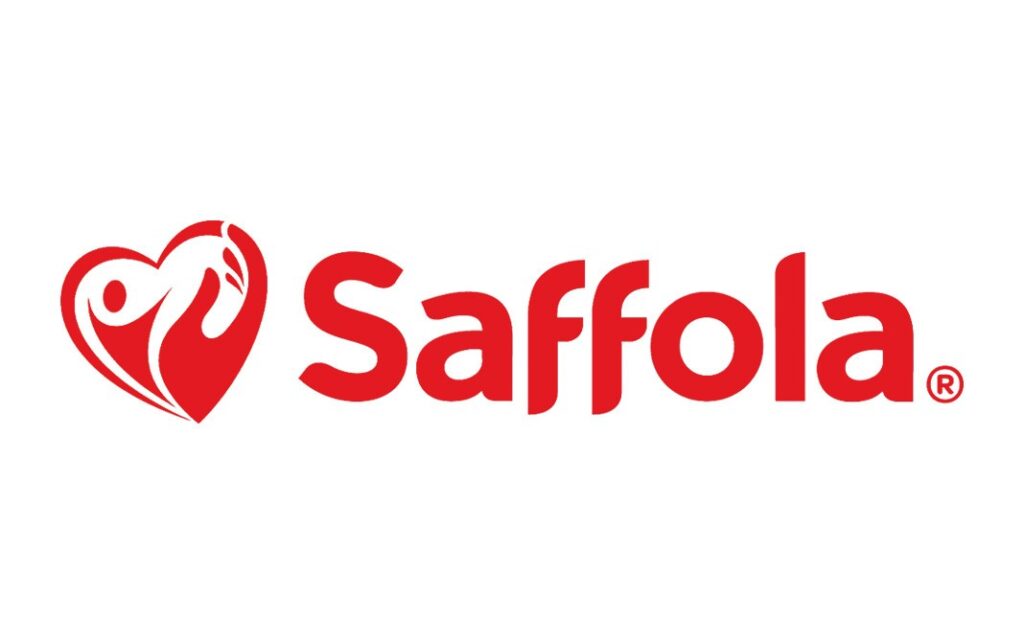Forgotten Brands – Captain Cook Salt & Flour

At one point Captain Cook was a well recognised brand in India but fell by the wayside when other brands got priority.
Sahu Shreyans Prasad Jain, brother of Times of India owner and philanthropist Sahu Shanti Prasad Jain, founded the chemical firm Dhrangadhra Chemical Works (DCW) Ltd.
DCW owned a piece of land where salt was produced. The Mumbai-based chemical product manufacturer made its first foray into the FMCG market in 1992 with the introduction of a new salt brand.
‘Captain Cook’ was chosen because it suggests cookery, mystery, and adventure.
The British explorer, navigator, cartographer, and Royal Navy captain James Cook, before embarking on his three expeditions to the Pacific, mapped out extensive regions of Newfoundland.
DCW had no prior experience in marketing consumer products
To compete with the dominant “Tata salt” brand, the company’s initial offering was a different type of iodized salt.
Tata Salt held an 80.1% market share, making it the biggest branded product in its category. The remaining portion of the market was fragmented among ad hoc groups based in different regions. At the retail and wholesale levels, Tata Salt was completely unchallenged.
Launching the product was difficult since the market leader was already well-established and the “Tata” brand name had already established strong customer loyalty.
In India, the “Tata” name evoked trust and was among the most trusted brands in the country.
The firm understood that to compete with an established industry leader, it would need to establish a strong brand identity. The business realised that salt is in the “low-value category,” therefore it made a significant investment in advertising.
Therefore, the first step was to bring in the very imaginative Lintas to craft a targeted and effective method of communication.
The price of Tata salt per kilo was Rs 2. And common knowledge held that undercutting the competition was the way to go. In comparison to Tata Salt’s Rs 2, “Captain Cook” Salt cost Rs 3.
The typical reaction was to say that the corporation had completely lost it. The irrational pricing, however, implied that Captain Cook Salt is of greater quality, which is why it costs more.
There was no distinct posture for Tata Salt at the time. Due to the lack of other suppliers in the structured market, “Tata Iodized Salt” was effectively operating as a monopoly.
Read on for more about the commercials – https://onlykutts.com/index.php/2021/07/12/captain-cook-salt-extra-free-flow/
The “Free Flow Salt” positioning of “Captain Cook” Salt was promoted on TV, in the press, and stores.
The debut of Captain Cook was considered one of the decade’s most successful product launches. Captain Cook was able to gain a 30% market share in a very short time. Sales skyrocketed after the release of the commercial film. Over Rs 100 crore in sales was achieved by the firm.
Captain Cook even branched out into more general commodities like flour.
HUL introduced the Annapurna brand in the late 1990s, while ITC introduced the Aashirwad brand around the same time.
DCW was worried that it couldn’t compete financially with industry giants ITC and HUL. The Captain Cook brand name reportedly cost International Best Foods (IBF) around Rs 130 crore in the late 1990s. In a surprising turn of events, Unilever acquired IBF in a global transaction in the year 2000, and HUL eventually bought Captain Cook. HUL opted to put less emphasis on Captain Cook and instead focus on Annapurna for the next ten years.
Unilever had recently made a deal with Uma Global Foods and Uma Consumer Products to sell its Captain Cook and Annapurna brands for a combined Rs 60.4 crore. Maybe a relaunch is just around the corner.



